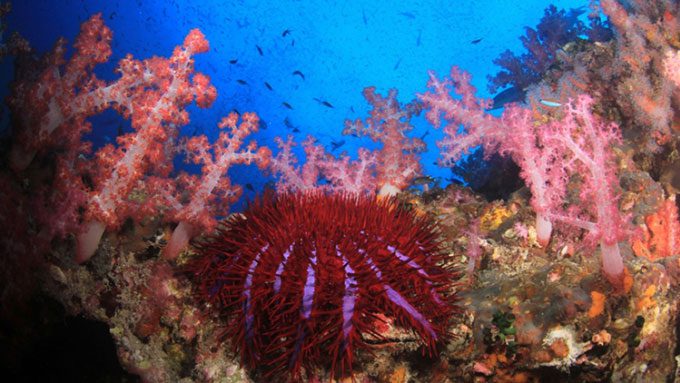New research from the University of Galway in Ireland reveals that flying or aquatic predatory species have the fastest time perception.

Dragonflies can detect changes at a speed of 300 times per second. (Image: BES)
The study, led by Dr. Kevin Healy, was presented at the annual meeting of the British Ecological Society (BES) in Edinburgh on December 20. It examined the speed of time perception, or the ability to track changes in the environment, across more than 100 animal species. The results indicate that active species have more sensitive visual systems, enabling them to quickly perceive changes.
Species such as fireflies and dragonflies detect changes at the highest speeds, with vision capable of processing 300 Hz (seeing changes 300 times per second), significantly faster than the 65 Hz in humans. Among vertebrates, the fastest eyes belong to the Ficedula hypoleuca (Pied Flycatcher), which can perceive at a frequency of 146 Hz. Meanwhile, salmon and dogs can detect changes at rates of 96 Hz and 75 Hz, respectively. The slowest eyes are found in the spiny starfish, which process at a speed of just 0.7 Hz.
“Having fast vision helps an animal perceive detailed changes in the environment. This is particularly useful if they move quickly or need to determine the trajectory of their prey,” Healy explains. “By examining a wide range of species from dragonflies to starfish, our findings suggest that an animal’s time perception is related to the speed of environmental changes. This can help us understand the interactions between predators and prey, or even how factors such as light pollution may affect some species more than others.”

Spiny starfish perceive time at the slowest rate with a processing speed of only 0.7 Hz. (Image: BES)
A surprising finding from the study is that many terrestrial predatory species perceive time more slowly compared to aquatic predators. According to Healy, this difference may be due to the fact that in aquatic environments, predators can continuously adjust their positions as they dart towards prey, while on land, species like jumping spiders cannot adjust their positions once they leap towards their target.
Not all animals possess the ability to quickly perceive time as this requires a significant amount of energy and is limited by the recovery speed of the retinal cells in the retinal neurons of the eyes. Species that do not need fast-changing vision allocate that energy for other purposes such as growth or reproduction.
In this study, Healy and colleagues used experiments with flashing lights to test animals’ time perception. Each experiment employed electroretinography and specialized equipment to determine how quickly an animal could detect the speed of flashing light, while also recording the rate at which the optic nerve transmitted information.





















































